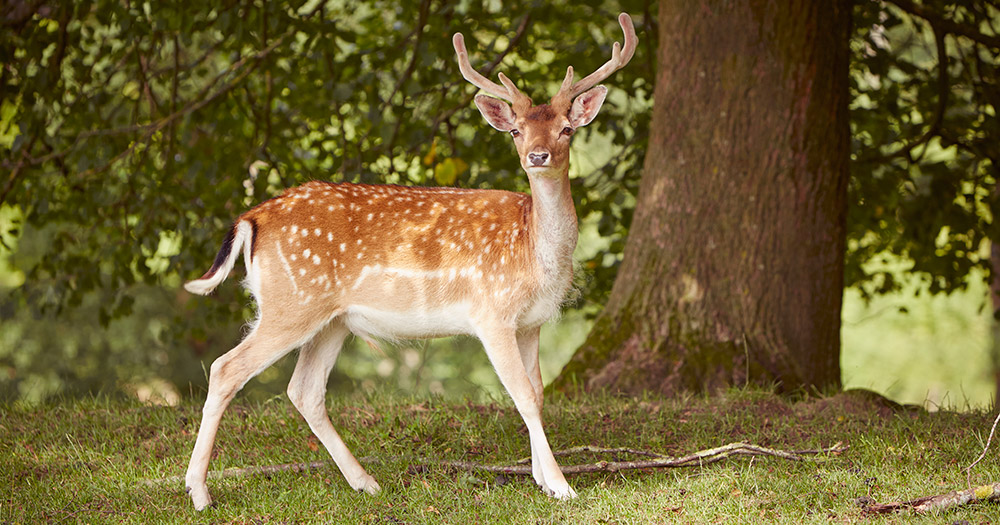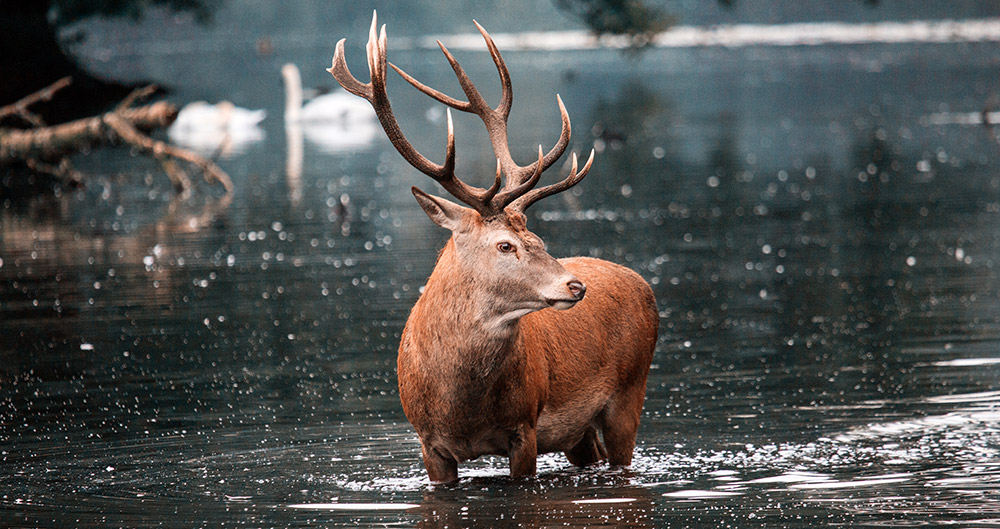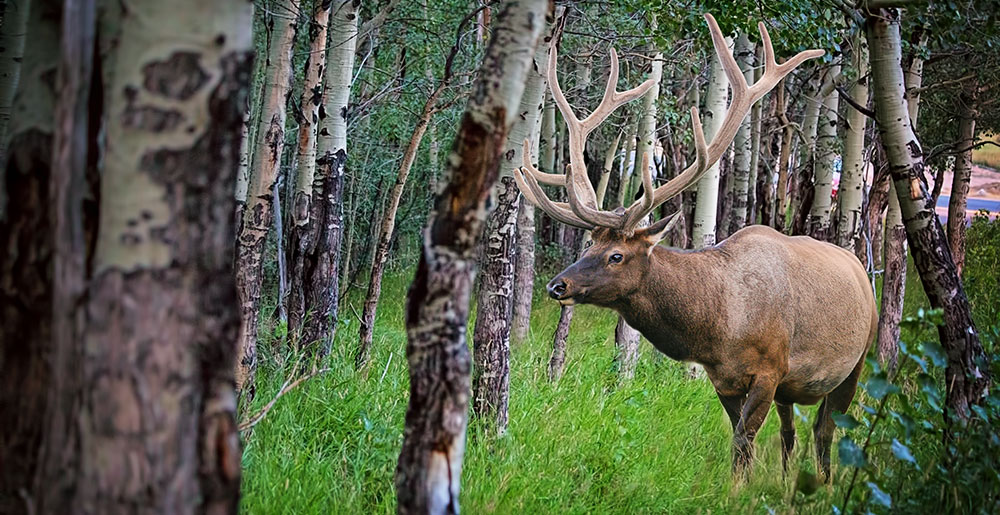Deer
There are about 90 species of deer distributed around the world, and deer, which used to be for hunting, have only recently begun to be raised, and reindeer have been raised as livestock for about 2,500 years.
Deer, which we are familiar with, are mainly raised as deer belonging to red deer (plum green), red deer (dale green), bok, elk (marok), and reindeer, and New Zealand, Australia, and Russia are the main producers.
Deer is a ruminant with four stomachs, such as a cow or sheep, and its legs are thin and long, making it suitable for walking, and it has evolved to run fast to protect the body from natural enemies, and has a lifespan of 10 to 20 years.
It is characterized by no gallbladder except for musk deer.
Only males have horns, and females do not.
However, reindeer have horns in both males and females, and they become fallen every year and new horns come out.
Civet deer have long fangs instead of horns, and their fur varies depending on seasonal influences.
Young deer are usually speckled and are semipreciprocal animals that reproduce seasonally.
Types of Domestic Breeding Deer

Sika deer, Cervus nippon
It is a small deer that accounts for 59% of deer raised in Korea, with white spots on the body. Only males have horns, four ends of branches, white spots on their hips, and the hind legs are clear, and are well adapted to Korea's climate. Although the fertility is strong, the production of deer antlers per unit weight is smaller than that of large species, and the body weight is 3 to 5kg, and the adult green is 60kg for females and 100kg for males. The average production of deer antlers is about 900g per two, and females come to rut in October to December and give birth in June, and give birth to one baby with a gestation period of 225 days. Males fall from April to May, and they cut for 50 to 65 days after falling.

Red deer, Cervus elaphus
It is native to Europe, and in Korea, it was imported and proliferated from New Zealand between 1974 and 1976. Some were imported from Canada and later banned. Deer imports have been liberalized since 1992, and it is currently the most imported variety, accounting for about 5% of domestic breeding deer. It is a medium-sized deer, accounting for more than 90% of New Zealand deer, which have the largest number of heads. The vegetarianity of the survey is excellent in environmental stress while enjoying shrubs like deer. It is larger than a deer and smaller than an elk, and features crown-like horns.

Elk or Wapiti Cervus canadensis
It is the largest variety among the red-green genera and was imported and proliferated from North America between 1974 and 1976. Elk accounts for about 34 percent of deer in Korea. Unlike other deer, they enjoy grasses more than shrubs. The fur color is mixed with gray and brown, and both males and females have long hairs around their necks. The head is small compared to the body, the tail is very short, the body weight is about 15 to 19kg, and the adult green is about 300kg for females and 350 to 450kg for males. The production of antlers is about 9 to 16 kilograms per head. Males fall from March to April and cut 70 to 85 days after falling.
Source: Rural Development Administration